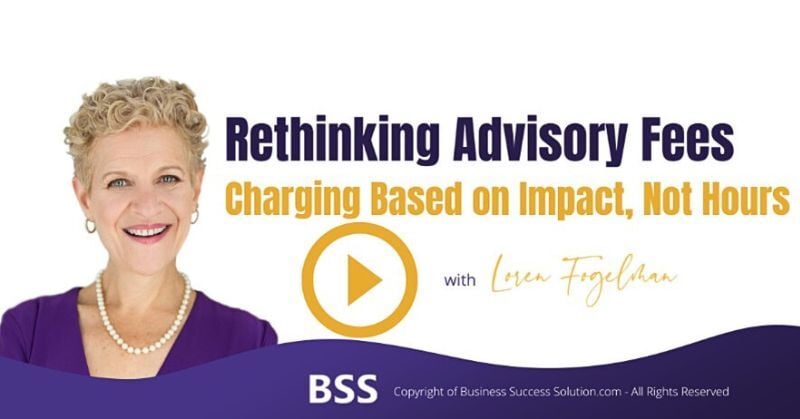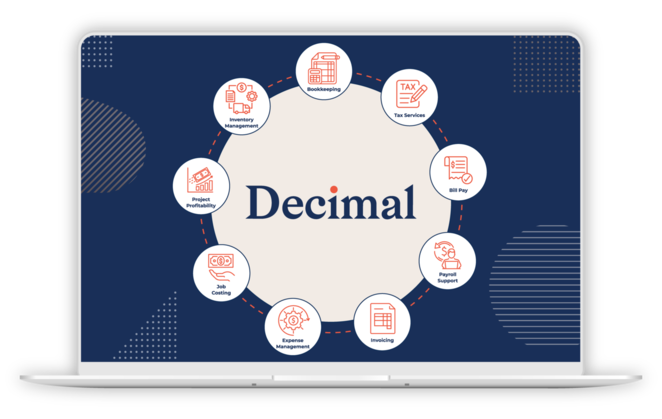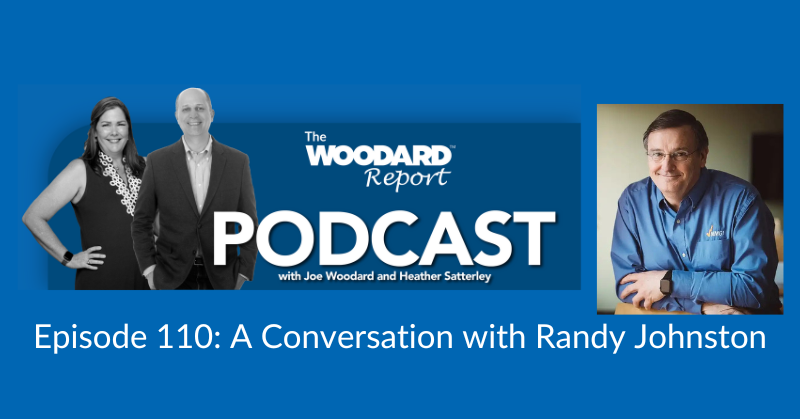Editor's Note: This article is part 1 of a 3-part series on value pricing for advisory services.
As an accounting firm owner, you already know the value of your insight. You help clients recover six figures in tax savings, improve margins, or make confident decisions under pressure. And yet, many firm owners still price this strategic guidance like it’s basic admin support that’s billed by the hour, bundled into compliance, or included “as needed.”
That pricing model is outdated and holding your firm back.
With automation and AI completing tasks in seconds, the old formula of pricing based on effort no longer applies. Today’s value comes from thinking, not doing. From insight, not inputs. And that means your pricing model needs to evolve so it reflects outcomes, not hours.
The real cost of pricing like a technician
When advisory services are treated as add-ons, whether that’s billed hourly or lumped into packages with bookkeeping and tax prep, they lose their perceived value. As a result, clients don’t separate strategy from service. They view your firm’s services as compliance rather than solutions.
This leads to revenue caps, inconsistent cash flow, and clients who question your fees. Because your insights aren’t priced for impact, you undercharge for this high value service.
A recent survey found that 57% of accounting firms plan to raise fees in 2025. More importantly, 70% are targeting advisory and tax planning as key areas for price increases. Basically, firms that lead with strategic insight are shifting from being vendors to becoming growth partners.
Watch the video training: Rethinking Advisory Fees - Charging Based on Impact, Not Hours

The shift: from inputs to outcomes
Let’s challenge the traditional pricing models that prioritize inputs, time, effort, and cost. With this approach, your internal effort sets the price and the client is the last consideration.
Traditional pricing follows this path
Time → Cost → Price → Value → Client
In contrast, value pricing reverses the flow. You start with the client and what matters to them. Then you define the value, set the price, and align your time and costs accordingly. The focus shifts from your effort to their outcome.
Value pricing flips that model
Client → Value → Price → Cost → Time
A better way to understand this is through what I call the value alignment principle: If your insight helps a client generate or save $100K, charging 10–25% of that outcome creates a strong ROI for them and a scalable model for you.
This is the core difference between transactional work and high-value advisory. You're not just delivering a service. You're creating transformation. And the pricing reflects the result, not the process.
Six value drivers that shape premium pricing
To lead value-based conversations, consider the different ways your clients perceive value and how your work directly contributes to it.
- 1. Economic impact - When your services generate measurable financial results, such as saving $60K in taxes or recovering $40K in missed revenue, the connection is obvious. A $20K fee for a $60K outcome makes sense. It’s a strategic investment, not an expense.
- 2. Growth acceleration - Sometimes clients could reach their goal on their own, but not nearly as fast. When your guidance shortens the timeline from 18 months to 90 days, as in the case of a law firm launching a new revenue stream, that speed has real monetary value. Clients gain income faster, capture market share earlier, and avoid costly delays.
- 3. Profit optimization - A small shift in margins can create long-term gains. If you help a $2M firm improve their margin from 12% to 16%, that’s $80K in additional annual profit. Over three years, it's nearly a quarter of a million dollars. That kind of impact supports a five-figure fee with confidence.
- 4. Urgency premium - When timelines are compressed, the value of fast, reliable support increases dramatically. A retail client who’s three weeks from missing payroll isn’t buying a report; they're paying for clarity, speed, and risk mitigation. That same engagement, under time pressure, can justify a fee two or three times higher than in normal circumstances.
- 5. Specialization value - Generalists provide support. Specialists solve problems. When you bring industry-specific knowledge to medical practices or international tax, then you deliver faster, more targeted results. The structure may be the same, but the depth and relevance warrant a premium.
- 6. Quality assurance - Your frameworks, processes, and track record are designed to reduce risks for your clients. In high-stakes work like succession planning or cross-border restructuring, clients aren’t just paying for a service. They’re investing in peace of mind. Your systems and consistency become part of the value you deliver.
Value multiplies when drivers combine
Highly profitable engagements don’t rely on a single driver. They blend multiple elements that justify premium pricing.
In one such engagement, an international client faces a $200K tax exposure with just 30 days to act. Your niche expertise helps them navigate complex reporting rules, prioritization delivers a solution within the window, and your recommendations eliminate the exposure. That’s not a $12K engagement. That’s a $40K transformation.
Or consider a business owner looking to scale. Your strategy shortens their growth timeline, improves margins, and reduces financial risk. Instead of billing for planning hours, you’re pricing the trajectory of their business. It’s a mindset shift.
How to begin shifting your pricing today
You don’t need to overhaul everything overnight. Start by reviewing your last few advisory projects. Ask yourself:
- What were the outcomes?
- How did those outcomes create financial, strategic, or emotional wins for the client?
- Was your fee aligned with the value created?
Most firm owners discover they’ve been delivering transformation, but pricing for time and tasks. Value pricing closes that gap.
Next, begin tracking client results consistently. Document tax savings, profit improvements, timeline acceleration, and even avoided losses. These results become the foundation for your pricing conversations and strengthen your positioning.
Finally, shift your discovery process. Instead of starting with scope and deliverables, begin by asking clients what success looks like. Explore what it’s worth to them to reach that outcome. Let the pricing reflect that impact.
The bottom line: your value deserves better
Advisory work isn't a bonus add-on. It’s the core of what makes your firm different. When you help clients navigate decisions, protect wealth, or move forward with confidence, then you’re doing work that changes businesses.
And that work deserves premium pricing.
You’ve already proven you can deliver value. Now it’s time to lead your firm with pricing that reflects it.
This article is part 1 of a 3-part series on value pricing for advisory services.
In Part 2, we’ll walk through exactly how to implement this model and convert your advisory services to value-based pricing.
Loren Fogelman, founder of Business Success Solution, shows accounting professionals how to strategically advance their firm’s growth. For more free educational resources for accounting professionals from Loren, visit BusinessSuccessSolution.com.
.png?width=150&height=63&name=TWRlogo-regmark_blueblack%20(1).png)
.png)










Do you have questions about this article? Email us and let us know > info@woodard.com
Comments: